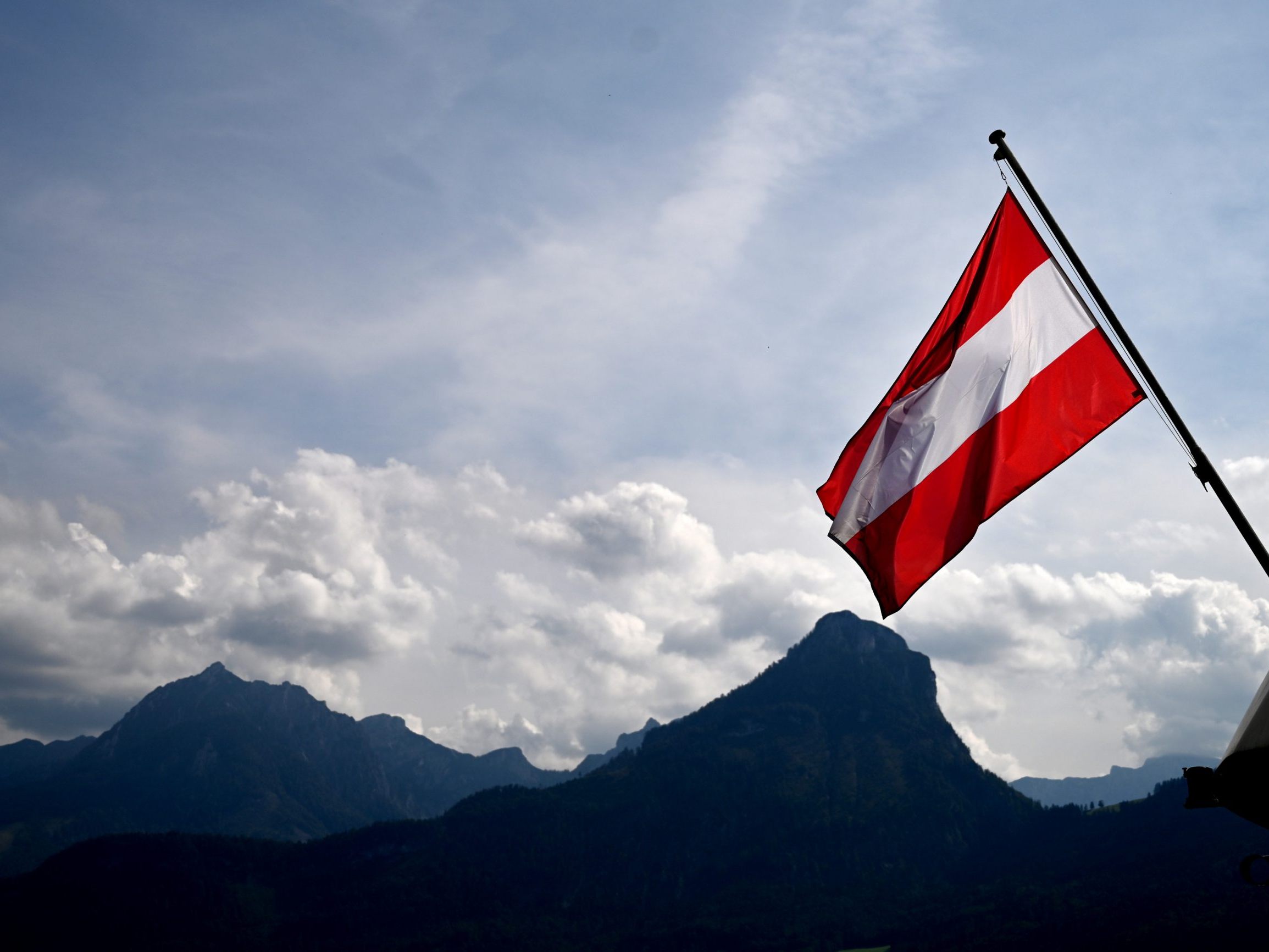The shortage of skilled workers remains a central challenge for the Austrian economy. Therefore, the Ministry of Economy is increasingly focusing on qualified immigration in addition to training and further education measures. After the reform of the Red-White-Red Card, which has been in effect since October 2022, significantly more cards were issued: In 2024, there were 9,741 RWR cards - an increase of 21 percent compared to the previous year.

Significantly More Red-White-Red Cards Issued
Gestern, 11:25
Focus on the Philippines
"The high demand for skilled workers remains one of the biggest challenges for domestic employers, and it will continue to increase with the next economic upswing," said Labor and Economy Minister Martin Kocher (ÖVP) on Friday, according to a statement.
To facilitate the recognition process for foreign qualifications, the "Pre-Check" register for the Philippines was introduced in autumn 2024. This system is intended to accelerate the immigration of qualified workers in shortage occupations. Currently, 102 Filipino qualifications are recorded in the register, with more to follow. In addition to the Philippines, Albania, Brazil, Indonesia, and Kosovo are also focus countries for targeted recruitment of skilled workers.
More Nursing Training
In addition to the immigration strategy, the government continues to focus on increasing the domestic potential of skilled workers. In 2024, around 269,000 people were further qualified through AMS programs, and the number of nursing training courses increased by 16 percent. "Without these measures, the shortage of workers in areas such as healthcare or tourism would be much more pronounced," said Kocher.
For the labor market integration of asylum seekers and those entitled to subsidiary protection, an additional 75 million euros are available this year. EU and EEA citizens are also particularly important for the Austrian labor market. The number of workers from these countries has almost doubled in the last ten years to 605,977.
(APA/Red)
This article has been automatically translated, read the original article .




